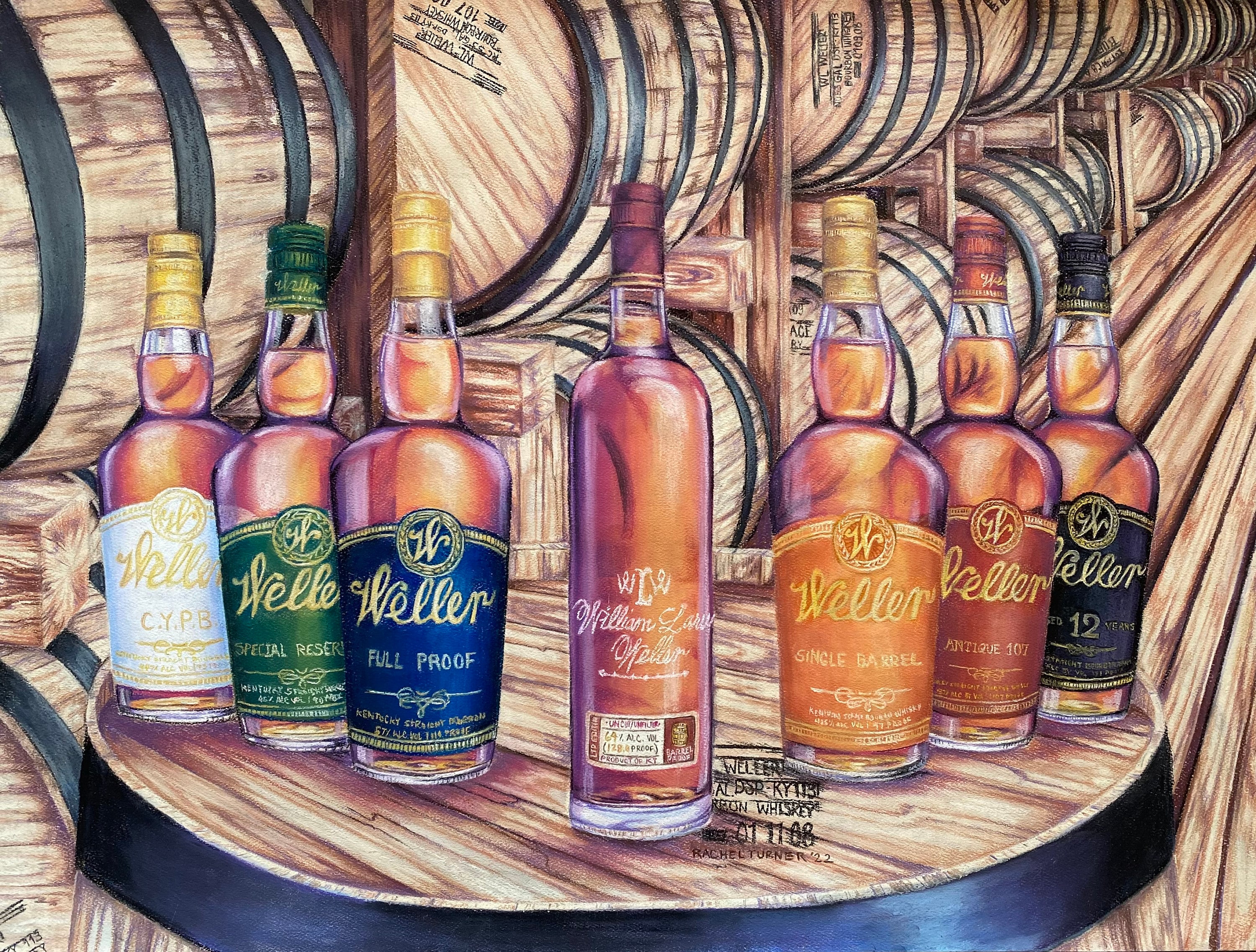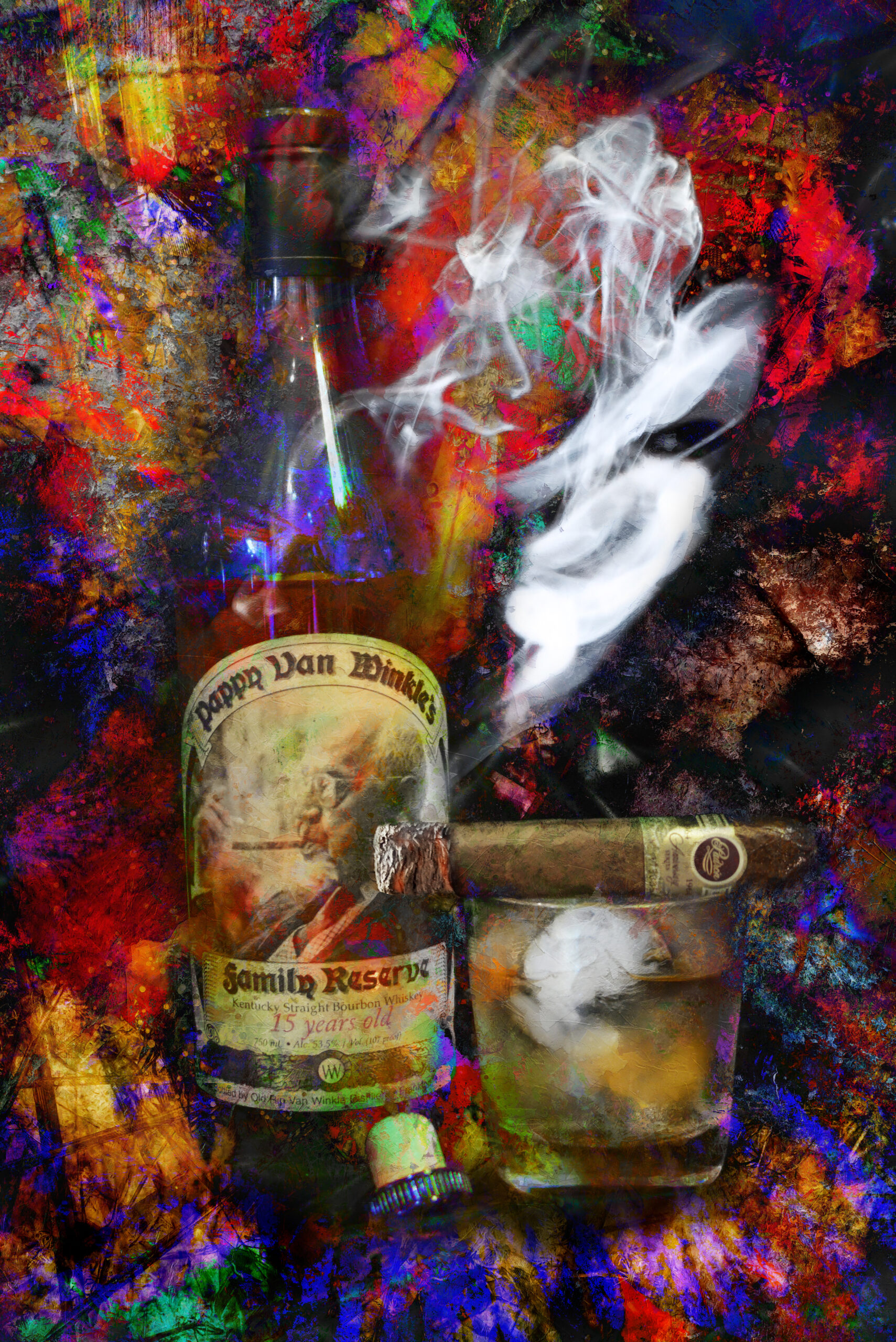The Appeal of Realism Art: A Deep Dive into Whiskey's Rich Heritage
The Appeal of Realism Art: A Deep Dive into Whiskey's Rich Heritage
Blog Article
The Relevance of Whiskey Art in Celebrating Heritage and Craftsmanship in the Beverage Industry
The elaborate relationship in between whiskey art and the party of heritage and craftsmanship within the beverage market can not be overstated. Via thoughtfully designed tags and bottles, bourbon brands envelop their historical origins and the artisanal skills that specify their production approaches.
The Historical Origins of Whiskey
At the heart of bourbon's appeal lies a rich tapestry of historic roots that map back to ancient people. The origins of scotch can be connected to the distillation techniques of the Sumerians and Babylonians around 2000 BCE, where early kinds of fermented grain beverages began to arise. It was in the Center Ages that the art of distillation developed dramatically, particularly in Ireland and Scotland, leading to the development of bourbon as we know it today.
The term "scotch" itself originates from the Gaelic word "uisce beatha," meaning "water of life." This phrase emphasizes the social significance of scotch in Celtic cultures, where it was often connected with rituals, parties, and public bonding. By the 15th century, distillation became an acknowledged craft within reclusive areas, leading the way for the establishment of legal distilleries.
As trade paths broadened, bourbon's appeal expanded, going beyond local boundaries and capturing the passion of lovers worldwide. Limited Edition. This historic trip mirrors not only the workmanship behind whiskey manufacturing but also its essential function in cultural and social contexts, marking it as a considerable beverage throughout history
Artistic Expression in Branding
Scotch branding stands as a compelling intersection of artistry and commerce, where visual identification plays an essential role fit customer understanding. The looks of scotch tags, packaging, and advertising materials reflect not only the brand name's tale however likewise its core values and heritage. Through artistic expression, distilleries share a story that resonates with consumers, stimulating feelings and stimulating connections.
Making use of shade, typography, and imagery in branding serves to set apart products in a saturated market. As an example, traditional concepts may stimulate a sense of credibility and workmanship, while modern layouts can represent innovation and forward-thinking. This tactical imaginative direction improves brand recognition and commitment, allowing customers to forge a personal partnership with the whiskey they select.
Moreover, creative expression in branding often works as a party of regional heritage. Distilleries often include local signs or historic references into their layouts, creating a local color that welcomes consumers to take part in a more comprehensive social experience. Ultimately, the creativity behind bourbon branding not just enhances visual charm yet also enriches the general story of the brand name, cultivating a deeper gratitude for the workmanship and heritage ingrained in each container.
Workmanship in Container Design
The artistry apparent in scotch branding prolongs past aesthetic identification to incorporate the craftsmanship involved in bottle design. Each bottle serves as a vessel not just for the spirit within, however likewise for the tale it informs regarding its tradition, origin, and top quality. The layout procedure needs careful interest to detail, as elements such as product, closure, and form add dramatically to the total assumption of the scotch.
Craftsmanship in bottle see post style entails choosing top notch glass that can enhance the bourbon's color and clearness, while likewise offering a responsive experience for the customer. The silhouette of the bottle have to be both useful and visually attractive, typically reflecting the heritage of the brand name. Lots of distilleries choose for distinct forms or printed logos that stimulate a sense of authenticity and background.
Furthermore, the tag style and typography play an important role in connecting the brand's story. Limited Edition. A well-crafted bottle not just captivates the customer's eye but additionally strengthens the brand's commitment to quality and custom. In this way, the workmanship of bottle style becomes an try this site essential aspect of the bourbon experience, merging virtuosity with a profound regard for heritage
Social Importance of Bourbon Art
Celebrating custom and craftsmanship, the cultural value of whiskey art goes beyond mere looks, intertwining with the historic and social narratives of the regions where it originates. Each bottle functions as a canvas, depicting the special tales, folklore, and traditions that have actually formed local whiskey-making methods. The complex designs typically mirror the heritage of the distillers, including symbols and themes that reverberate with the society and worths of their communities.

Additionally, whiskey art plays an essential role in public gatherings and events, serving as a concrete web link between individuals and their shared experiences. By valuing the virtuosity in whiskey packaging, customers cultivate a deeper understanding and regard for the craft, ultimately enhancing their satisfaction of the beverage itself.
Modern Trends in Scotch Discussion
In recent times, the presentation of scotch has actually evolved to show modern tastes and trends while still honoring typical craftsmanship - Whiskey Art. Distilleries are significantly concentrating on aesthetic aspects that improve the total alcohol consumption experience, bridging my link the space in between heritage and modernity
Cutting-edge container designs have emerged, typically including lasting materials and creative labels that inform engaging tales. Several brands now work together with regional musicians, instilling their items with one-of-a-kind visual expressions that resonate with consumers. Additionally, limited-edition releases are typically packaged in collectible containers, including worth and charm for lovers.

Final Thought
In verdict, whiskey art functions as a crucial avenue for expressing the heritage and craftsmanship intrinsic in the drink sector. Via intricate branding, ingenious container styles, and culturally substantial artistic elements, whiskey brands efficiently recognize their practices and get in touch with customers. This imaginative story not only elevates the appreciation of whiskey but likewise strengthens neighborhood identity and pride among producers. Eventually, scotch art plays a vital function in preserving and commemorating the rich cultural tapestry of whiskey-making.


Workmanship in bottle design entails choosing top notch glass that can improve the whiskey's shade and clearness, while also providing a responsive experience for the consumer. In this way, the workmanship of bottle layout comes to be a crucial aspect of the bourbon experience, combining artistry with an extensive respect for heritage.
In verdict, scotch art serves as an essential channel for expressing the heritage and workmanship fundamental in the drink market.
Report this page